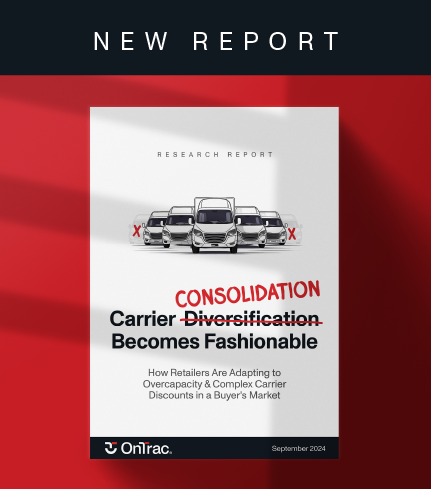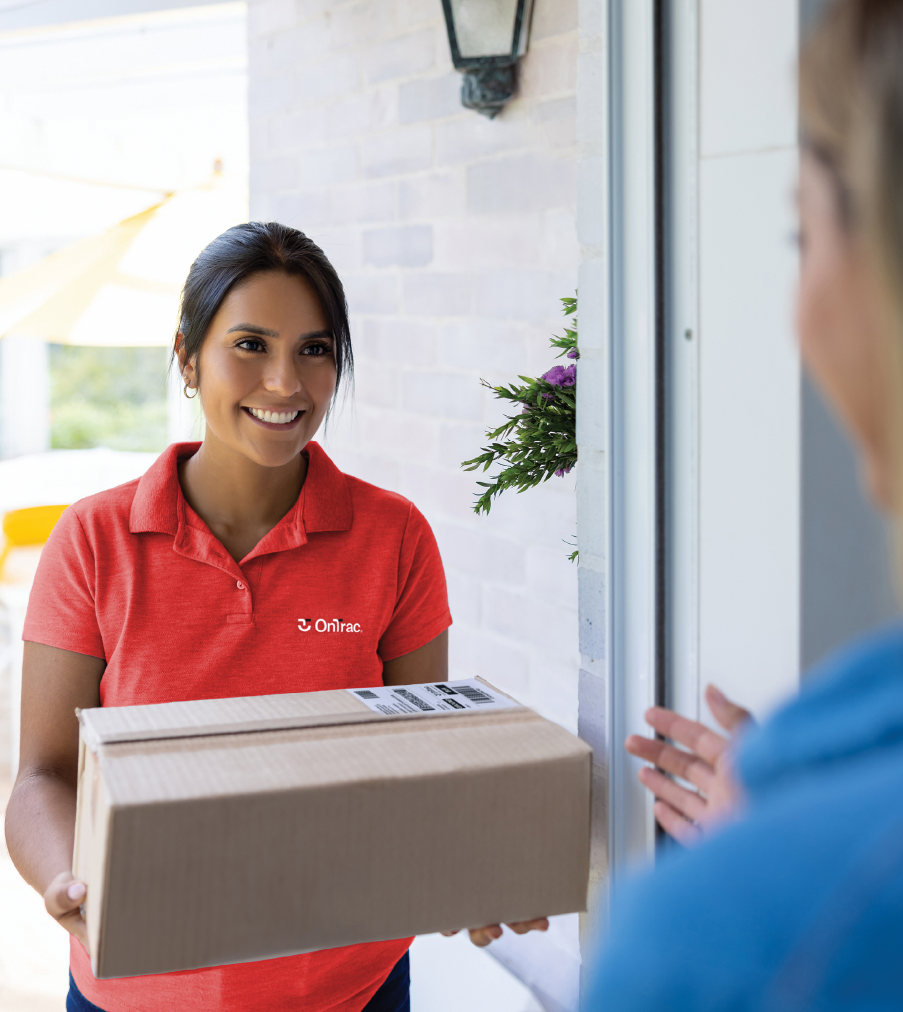COVID-19 has forced all of us to change our behaviors in many ways, and how we shop is no exception. Consumers are now making 58% of their purchases online compared to just 32% pre-pandemic. And the growth in online sales isn’t going anywhere after the pandemic, with 77% of consumers planning to spend the same amount or more online even after getting the COVID-19 vaccine.

We surveyed 1,000 online shoppers about how the pandemic has affected the way they shop. In part one of our blog series on lessons learned from COVID-19, we’re highlighting the following takeaways to help retailers understand how evolving consumer behaviors will impact the e-commerce landscape now and after the pandemic:
- Shipping Cost Is Still the Most Important Factor When Choosing a Retailer: Free or low-cost shipping remains the most important shipping consideration when shopping online.

- Delivery Satisfaction Has Decreased: With consumers shopping online at a higher rate, on-time performance is more valuable than ever. However, only 67% of consumers are satisfied with their shipping experience compared to 80% pre-pandemic, citing delays and slow delivery times as the main causes for dissatisfaction.
- Baby Boomers Are Embracing E-Commerce: 47% of Boomers plan to increase their online purchases after the pandemic ends, noting their increased trust in online shopping. Given that 82% of Boomers made less than half of their purchases online pre-pandemic, this may be the most significant change driving the shift from in-person shopping.
- The Continued Need for Speed: Consumers want their items to arrive faster, and younger generations are paying for it. At least 31% of Gen Z consumers and 25% of Millennials have paid for faster delivery during the pandemic. Furthermore, 40% of Gen Z consumers and 37% of Millennials would increase their probability of shopping at a new retailer if they offered next day delivery service at an additional cost.80% of consumers still prefer home delivery, despite the growth of click and collect options like in-store, curbside, and other “buy online pickup in-store” options.

Faster delivery also has a direct impact on sales for online retailers. 18% of shoppers abandon carts during checkout because of slow delivery, which is the fourth highest option behind cost, account creation, and complex checkout process.
A large gap still exists between consumer expectations and what retailers are providing. How can retailers respond to the opportunities created by the pandemic and best position themselves to capture more share of wallet? Read part two of our blog series for key recommendations to help you succeed.
To learn more, contact us and check out our whitepaper and video.



